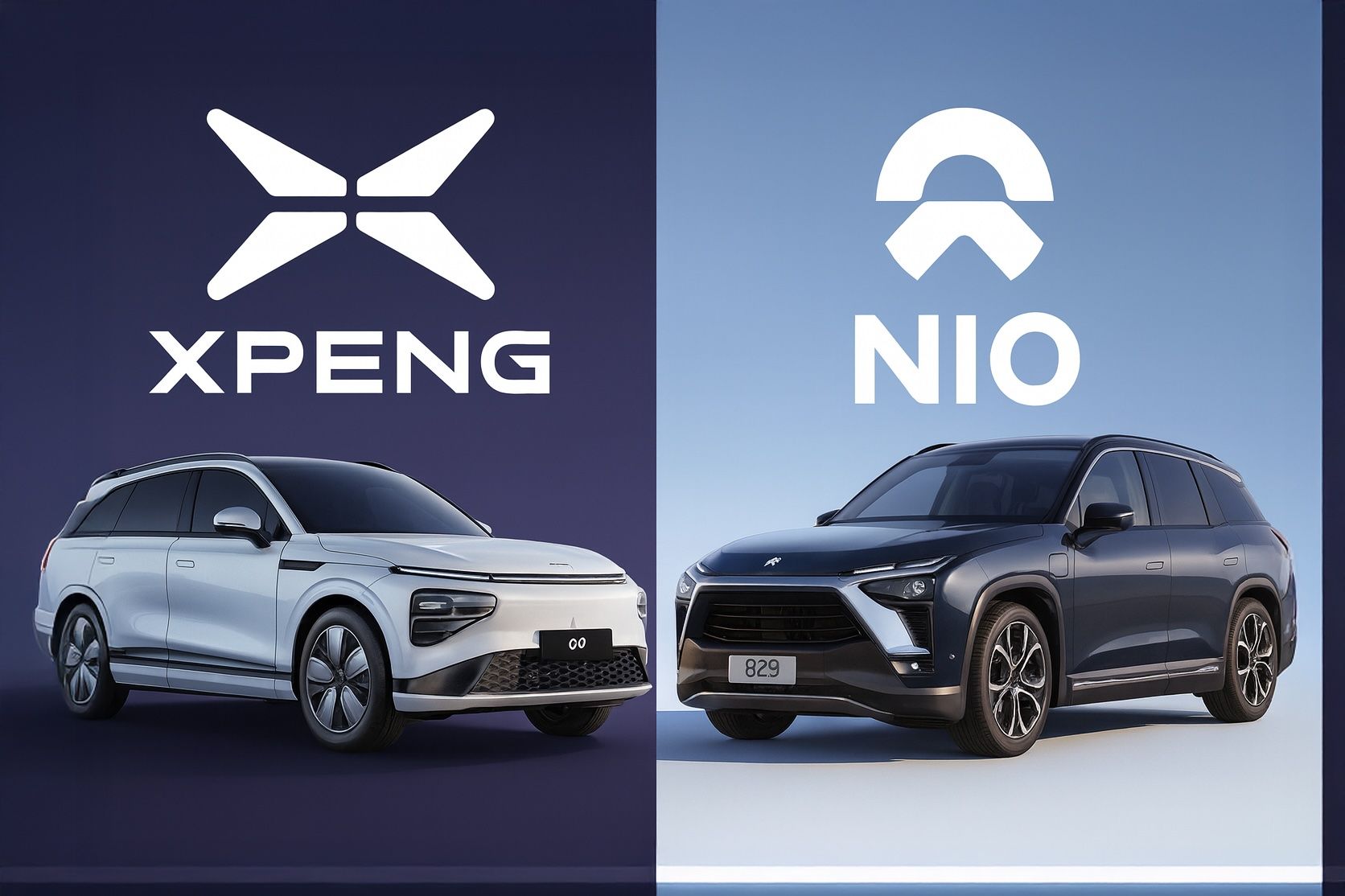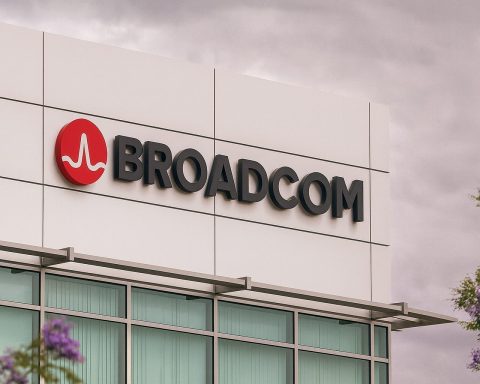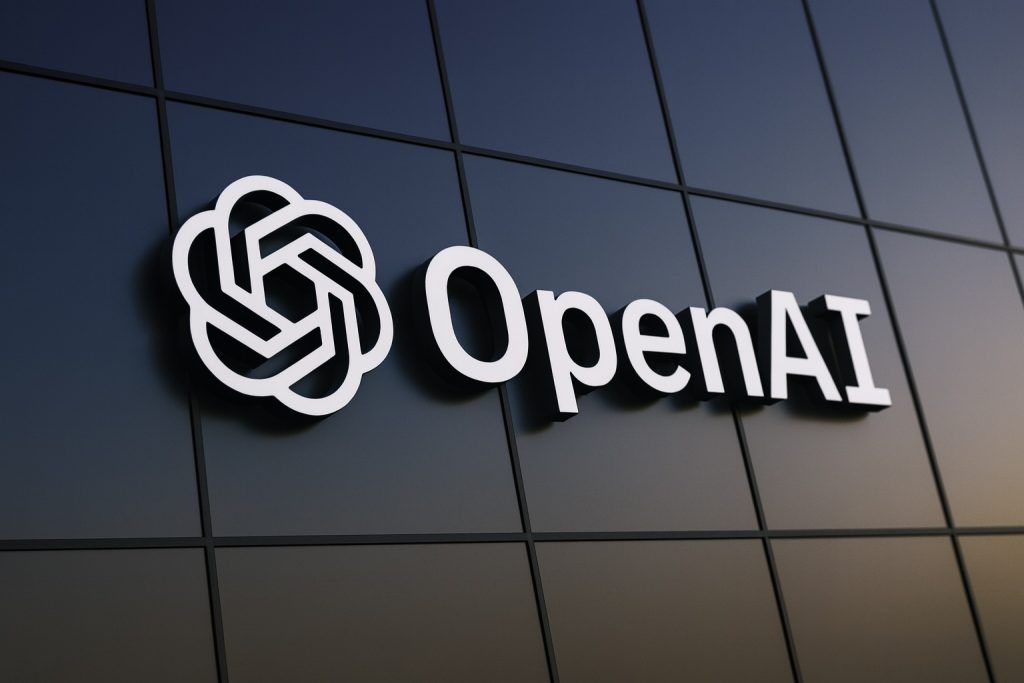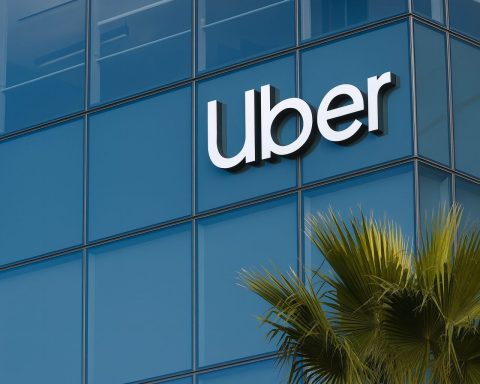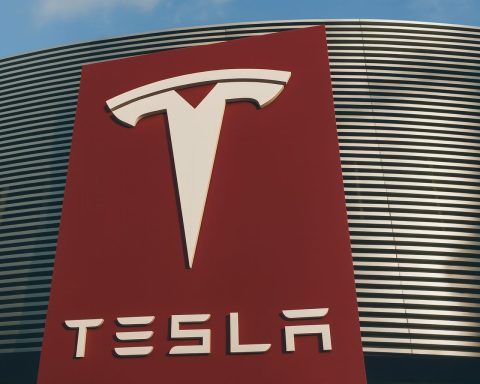- Stock Rally: As of September 2025, NIO’s shares trade around ~$7.4 (52‑week range ~$3.02–$7.64) [1] after surging ~40% in July [2]. XPeng trades near $21 (range ~$9.02–$27.16) [3]. Market commentary notes XPeng’s 2025 momentum – driven by excitement over its tech – has outpaced NIO’s [4].
- Deliveries (YTD 2025): XPeng has delivered roughly 272,000 EVs in Jan–Aug 2025 [5], far above NIO’s ≈89,000 (through May; Q2 alone was 72,056) [6] [7]. (XPeng’s Q2 2025 deliveries were a record 103,181 [8], vs. NIO’s 72,056 [9].)
- Revenue & Profit (Q2 2025): XPeng posted RMB18.27 billion (~$2.55 b) revenue (↑125% YoY) [10] and a net loss of RMB0.48 b ($70 m) [11] – a five-year low loss. NIO had RMB19.01 b (~$2.65 b) revenue (↑9% YoY) [12] but a larger net loss of RMB4.99 b ($697 m) [13] (though its smallest since late 2023).
- R&D Spending: XPeng spent RMB2.21 b ($0.31 b) on R&D in Q2 (up 50% YoY) [14], reflecting heavy investment in new models and software. NIO’s Q2 R&D was RMB3.01 b ($0.42 b) [15] (down slightly YoY). Both companies’ R&D is far higher than legacy automakers (XPeng’s R&D ≈12% of sales vs. BYD ~6.6% [16]).
- Global Expansion: XPeng opened its first European production line (Magna plant in Austria) in Q3 2025, rolling out G6/G9 SUVs [17]. It shipped 18,701 overseas EVs in Jan–Jul 2025 (↑217% YoY) [18], and is now the top-selling Chinese EV brand in Europe’s mid/high-end segment [19]. NIO is also going global via partners: in Aug 2025 it announced launches in Singapore (with RHD firefly city car), Uzbekistan and Costa Rica [20] [21].
- Valuation & Forecasts: XPeng trades at a much higher P/S ratio (~1.25) than NIO (~0.42) [22], reflecting investor optimism. XPeng’s management targets profitability by late 2025 [23], helped by rising deliveries and margins. By contrast, analysts expect NIO to remain unprofitable for years – Morgan Stanley and others see break-even only by around 2029 [24].
Stock Performance in 2025
Both companies’ stocks have climbed sharply in 2025, but XPeng has led the charge. NIO’s stock jumped ~41% in July 2025 [25] as the company launched cheaper models, but it still trades at a discount (mid-$7s) [26]. XPeng’s shares, by comparison, have hit multi-year highs (briefly ~$27) and remain strong in the low-$20s [27]. Market analysts attribute XPeng’s rally to its tech narrative and stronger profits trend – “XPeng shares have seen a solid upswing…likely fueled by investor excitement around its advancements in autonomous driving, robotics and AI,” whereas “NIO stock has struggled” [28]. Overall, XPeng’s stock has rallied more in 2025 on positive news, while NIO’s gains have been more modest despite large volume growth.
Company Fundamentals
Deliveries & Sales: XPeng’s growth has been explosive. In Q2 2025 it delivered a record 103,181 vehicles (up 242% YoY) [29]; NIO delivered 72,056 (+25.6% YoY) [30]. XPeng’s 2025 guidance is to continue this surge: it projects ~113–118k for Q3 (about +145% YoY) [31]. NIO guided 87–91k for Q3 (+40–47% YoY) [32].
Revenue & Profitability: XPeng’s revenue has grown far faster: RMB18.27 b ($2.55 b) in Q2 2025 [33], +125% YoY, compared to NIO’s RMB19.01 b ($2.65 b) [34], +9% YoY. Both are still unprofitable, but XPeng’s net loss narrowed sharply to RMB0.48 b [35], versus NIO’s RMB4.99 b [36]. (NIO’s net loss did fall 1.0% YoY in Q2 [37], as cost controls took effect.) XPeng also hit record gross margins (17.3% in Q2 [38]) while NIO’s gross margin was ~10.0% [39].
Balance Sheet & Cash: Both companies are flush with cash. XPeng ended June 2025 with RMB47.6 b ($6.6 b) in cash and equivalents [40]. NIO had ~RMB27.2 b ($3.8 b) on hand as of June 30 [41]. Ample liquidity is seen as a strength given ongoing losses. (Both have raised equity recently – e.g. NIO did a HK$4.03 b share placement in Q2.)
R&D Investment: Each company is plowing money into R&D/tech. XPeng spent RMB2.21 b ($0.31 b) in Q2 on R&D [42] (50% more than a year earlier). NIO’s R&D in Q2 was RMB3.01 b ($0.42 b) [43] (slightly lower than its Q1 rate). Notably, these R&D-to-sales ratios (XPeng ~12%) are much higher than legacy OEMs (BYD ~6.6%) [44], reflecting the competitive race to develop new models and autonomous tech.
Strategic Developments
New Models & Brands: NIO is expanding beyond its premium SUV/sedan lineup. It has launched two new sub-brands: ONVO (family SUVs) and firefly (a small smart car). For example, NIO rolled out its tiny firefly in spring 2025, targeting urban buyers. It also refreshed models like the ES6/ES8 and is preparing a facelift for the Onvo L60 [45] [46]. NIO’s multi-brand strategy (NIO, ONVO, firefly) is aimed at covering more price tiers [47].
XPeng, meanwhile, emphasizes technology-rich vehicles. Its lineup includes the P7 sporty sedan, the G9 SUV (launched 2023) and the new G6 coupe-SUV (launched mid-2025). In late Aug 2025 XPeng unveiled an updated P7, and it has teased upcoming models like the flying-car concept and an AI robot [48] [49]. XPeng is also investing in autonomy – e.g. its XNGP driver-assist system (marketed as “AI Hawkeye”) and in-house X-Engine AI chips.
Global Expansion: Both firms are going global faster. XPeng inaugurated vehicle production in Europe (Magna factory in Austria) in Q3 2025 [50]. This helps avoid tariffs and speed deliveries. It also opened an R&D center in Munich to tailor cars for Europe [51]. XPeng now sells in 46+ countries, and was the top Chinese EV brand in Europe’s premium segment in H1 2025 [52].
NIO is relying on local partners. In Aug 2025 it announced dealerships in Singapore, Uzbekistan and Costa Rica [53] – its first RHD model (firefly) will debut in Singapore, and first Latin America entry in Costa Rica [54]. NIO now sells in 10+ countries (mainly China and parts of Europe) [55]. Its signature battery-swap network (3,400+ stations worldwide) [56] and “NIO Power” services (swap stations, home charging, subscription batteries) remain unique assets that differentiate it abroad.
Investor Sentiment & Expert Commentary
Market watchers see XPeng as the more “exciting” story right now. Industry analysts praise its accelerating growth and tech focus. Zacks/Nasdaq noted XPeng’s revenue is expanding rapidly and losses are shrinking, giving XPeng “a modest edge” over NIO [57]. Morgan Stanley analysts have been bullish on XPeng’s new models and cost cuts, and on NIO’s L90/SUV launch: in July 2025 they reported 30,000–35,000 pre-orders for NIO’s Onvo L90 SUV [58] (far above expectations) and reiterated an Overweight on NIO. Bloomberg also highlights that XPeng’s vice chairman believes it can break even by Q4 2025 [59].
By contrast, other experts urge caution on NIO. Analysts like Bernstein and Barclays have trimmed NIO’s price targets amid its heavy losses [60]. Reuters Breakingviews observes that NIO still trades cheaply (based on revenue) because its path to profit is long [61]. NIO’s own CEO, William Li, has urged employees to focus on cost-cutting – noting that reaching profitability would “dispel rumors” of instability [62]. Market commentary frequently cites NIO’s plan to achieve its first profitable quarter by Q4 2025 as a key milestone to watch [63] [64].
Overall, sentiment is split: investors currently reward XPeng’s narrative (autonomy, AI, overseas growth) while remaining somewhat skeptical on NIO (until cost controls and new models prove out). Both stocks are richly valued relative to peers: XPeng trades at ~1.2× forward sales vs. NIO at ~0.4× [65].
Long-Term Outlook: Growth vs. Risks
Growth Potential: Both companies play in the world’s largest EV market. China’s EV sales are still expected to grow strongly into 2026 (analysts forecast a seasonal rebound with renewed subsidies) [66]. NIO and XPeng each have new products (more models in 2026) and global ambitions that could unlock big markets. XPeng’s success in Europe and move toward high-tech vehicles could yield profits if it hits scale (it’s already the first Chinese EV maker aiming to turn profitable on pure-EV sales [67]). NIO’s battery-swap model and user-service ecosystem could pay off if customers value quick recharges and premium service.
Risks: Competition is intense. Legacy automakers and other Chinese startups (BYD, Li Auto, Tesla, Xiaomi, etc.) are all vying for market share. BYD remains the giant competitor — it recently warned of slower sales and cut its 2025 target [68]. Meanwhile, policymakers are curbing price wars, which may stabilize margins but also squeeze sales growth [69]. Macro factors (global chip supply, potential Chinese economic slowdown) also loom. NIO faces a risk that its multi-brand strategy may take longer to pay off and that cost reductions must materialize to meet profit goals. XPeng must manage high operating costs (it spent heavily on R&D and is expanding fast) and navigate overseas hurdles (e.g. high US/EU tariffs, though it is mitigating this with local production) [70].
Expert forecasts: Analysts’ consensus (e.g. Visible Alpha) currently suggests XPeng will be profitable by 2025 end [71], whereas NIO may not post a full-year profit until around 2029 [72]. Growth projections are similarly split: XPeng is expected to double deliveries in 2025, while NIO’s growth is more modest (though still high). Any change in China’s EV subsidies, new regulatory crackdowns, or slower-than-expected adoption could impact both. In sum, most EV analysts see XPeng as the “faster-growing, more promising” play in 2025, while NIO is viewed as higher-risk but potentially rewarding if it can execute its strategy and finally reach profitability [73] [74].
Sources: Latest earnings releases and delivery data from NIO and XPeng [75] [76]; Reuters and industry analyses [77] [78] [79]; media reports and company announcements [80] [81]. All figures reflect public info through September 2025.
References
1. www.reuters.com, 2. www.reuters.com, 3. www.reuters.com, 4. www.nasdaq.com, 5. www.nasdaq.com, 6. www.globenewswire.com, 7. cnevpost.com, 8. cnevpost.com, 9. cnevpost.com, 10. cnevpost.com, 11. cnevpost.com, 12. www.nio.com, 13. cnevpost.com, 14. cnevpost.com, 15. cnevpost.com, 16. www.reuters.com, 17. global.chinadaily.com.cn, 18. global.chinadaily.com.cn, 19. global.chinadaily.com.cn, 20. www.nio.com, 21. www.nio.com, 22. www.nasdaq.com, 23. www.reuters.com, 24. www.reuters.com, 25. www.reuters.com, 26. www.reuters.com, 27. www.reuters.com, 28. www.nasdaq.com, 29. cnevpost.com, 30. cnevpost.com, 31. cnevpost.com, 32. www.nio.com, 33. cnevpost.com, 34. www.nio.com, 35. cnevpost.com, 36. cnevpost.com, 37. cnevpost.com, 38. cnevpost.com, 39. cnevpost.com, 40. cnevpost.com, 41. cnevpost.com, 42. cnevpost.com, 43. cnevpost.com, 44. www.reuters.com, 45. www.globenewswire.com, 46. cnevpost.com, 47. www.nio.com, 48. cnevpost.com, 49. www.bloomberg.com, 50. global.chinadaily.com.cn, 51. global.chinadaily.com.cn, 52. global.chinadaily.com.cn, 53. www.nio.com, 54. www.nio.com, 55. www.nio.com, 56. www.nasdaq.com, 57. www.nasdaq.com, 58. www.investing.com, 59. www.reuters.com, 60. www.investing.com, 61. www.reuters.com, 62. cnevpost.com, 63. cnevpost.com, 64. www.reuters.com, 65. www.nasdaq.com, 66. www.reuters.com, 67. www.reuters.com, 68. www.reuters.com, 69. www.reuters.com, 70. www.reuters.com, 71. www.reuters.com, 72. www.reuters.com, 73. www.nasdaq.com, 74. www.reuters.com, 75. www.nio.com, 76. cnevpost.com, 77. www.reuters.com, 78. www.reuters.com, 79. www.reuters.com, 80. www.nio.com, 81. global.chinadaily.com.cn
